Home>Renovation & DIY>Tools & Equipment>How Do I Demagnetize A Screwdriver
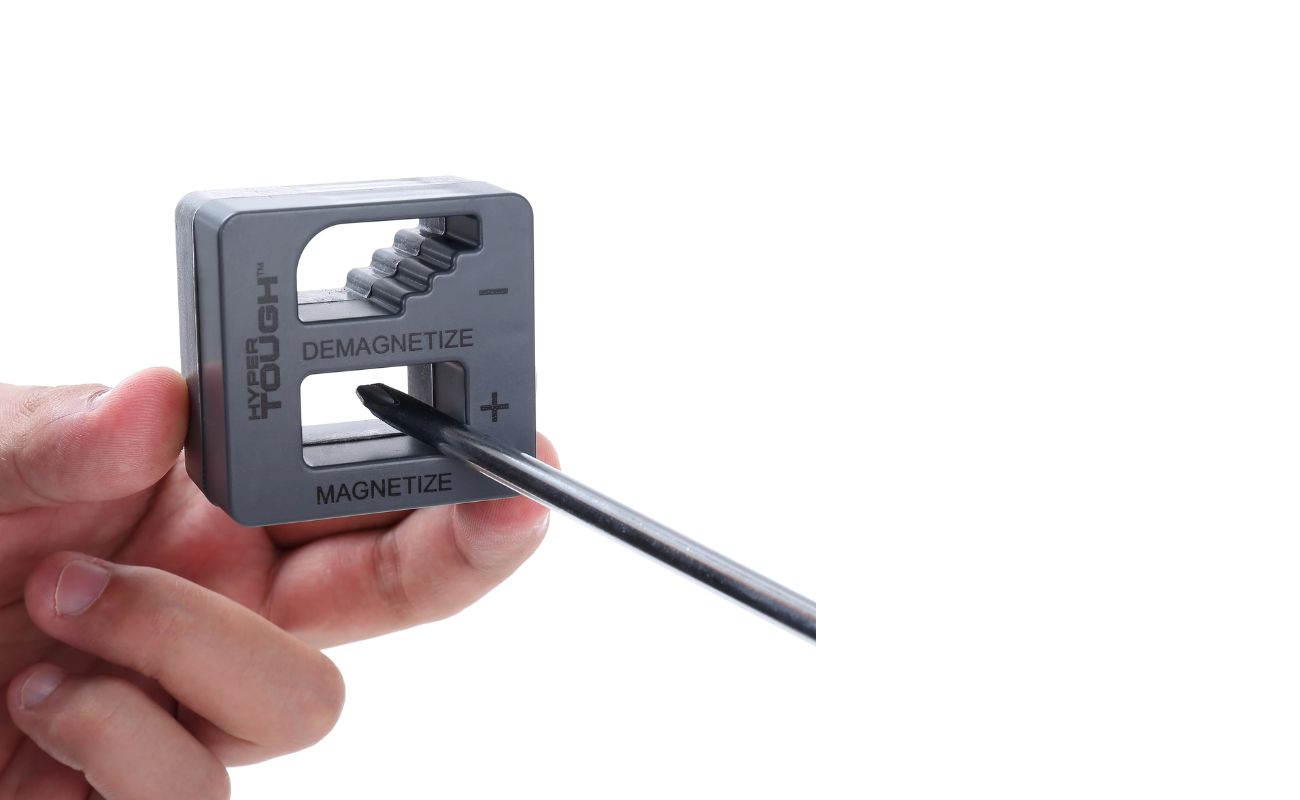

Tools & Equipment
How Do I Demagnetize A Screwdriver
Modified: March 1, 2024
Learn how to demagnetize a screwdriver and other tools with simple techniques. Keep your tools and equipment in top condition with these easy demagnetizing methods.
(Many of the links in this article redirect to a specific reviewed product. Your purchase of these products through affiliate links helps to generate commission for Storables.com, at no extra cost. Learn more)
**
Introduction
**
Welcome to the world of tools and equipment, where even the humble screwdriver has its own intriguing secrets. One such mystery is the phenomenon of magnetism and its impact on screwdrivers. Have you ever experienced the frustration of a magnetized screwdriver attracting unwanted metal debris or interfering with delicate electronic components? If so, you're not alone. Many DIY enthusiasts and professionals encounter this issue, prompting the question: "How do I demagnetize a screwdriver?"
In this comprehensive guide, we will delve into the captivating realm of magnetism, explore the reasons for demagnetizing a screwdriver, and uncover the various methods to restore your trusty tool to its demagnetized state. Whether you're a seasoned craftsman, a curious hobbyist, or a DIY novice, this article will equip you with the knowledge and techniques to conquer the enigma of magnetized screwdrivers. So, let's embark on this magnetic journey and unravel the secrets of demagnetizing a screwdriver.
**
Key Takeaways:
- Demagnetizing a screwdriver is crucial to prevent interference with delicate electronics, attract metal debris, and maintain precision in various tasks, making it a valuable skill for DIY enthusiasts and professionals alike.
- Methods for demagnetizing a screwdriver range from simple physical impact and electrical demagnetization to specialized tools, offering diverse options to restore the tool’s demagnetized state and unleash its full potential.
Understanding Magnetism
**
To comprehend the process of demagnetizing a screwdriver, it’s essential to grasp the fundamental principles of magnetism. At the heart of this phenomenon lies the concept of magnetic fields, which exert invisible forces that can attract or repel certain materials.
Magnetic Fields: At the atomic level, certain materials, such as iron and steel, possess magnetic domains where the electron spins align, creating a magnetic field. When these materials are exposed to an external magnetic field, their domains align in the same direction, resulting in magnetization.
Permanent vs. Temporary Magnetism: Permanent magnets, like those found in refrigerator doors, maintain their magnetism without external influence. In contrast, temporary magnetism, as exhibited by a screwdriver, can be induced by exposure to a magnetic field and subsequently removed.
Magnetizing Influence: A screwdriver can become magnetized when brought into contact with a magnet or through exposure to an electrical current. This magnetization can interfere with precision work, attract metal shavings, or disrupt sensitive electronic components, making it crucial to understand how to demagnetize the tool effectively.
By understanding the science behind magnetism, we gain insight into the methods required to demagnetize a screwdriver and restore it to its original state. Now, let’s explore the reasons for demagnetizing a screwdriver and the benefits it offers.
**
Why Demagnetize a Screwdriver
**
Demagnetizing a screwdriver is not merely a matter of convenience; it is a crucial step in ensuring the effectiveness and precision of the tool. Let’s uncover the compelling reasons why demagnetization is essential for screwdrivers in various applications.
Precision Work: When working with delicate electronic components, such as computer hardware or circuitry, a magnetized screwdriver can inadvertently attract and displace tiny metal components. This interference can lead to malfunctions or damage, emphasizing the need for a demagnetized screwdriver to maintain precision and accuracy.
Metal Shavings and Debris: In mechanical and automotive settings, a magnetized screwdriver can attract metal shavings and debris, causing contamination or potentially damaging the equipment. Demagnetizing the screwdriver mitigates this risk, ensuring a clean and efficient workspace.
Versatility: A demagnetized screwdriver offers greater versatility, allowing it to be used in a wider range of applications. Whether it’s assembling furniture, repairing appliances, or performing intricate tasks, a demagnetized screwdriver provides the flexibility needed to tackle diverse projects without unintended magnetic interference.
Professionalism and Quality: For professionals in various trades, using a demagnetized screwdriver reflects a commitment to precision and quality workmanship. By demagnetizing their tools, professionals uphold industry standards and demonstrate attention to detail, earning the trust and satisfaction of their clients.
Preservation of Sensitive Equipment: In laboratory environments, medical facilities, and electronic repair workshops, demagnetized screwdrivers are indispensable for safeguarding sensitive equipment and preventing magnetic interference that could compromise critical operations.
By demagnetizing a screwdriver, individuals can optimize its performance, maintain a clean and efficient workspace, and uphold professional standards across diverse industries. Now that we understand the significance of demagnetization, let’s explore the methods available for achieving this essential transformation.
**
To demagnetize a screwdriver, simply rub it against a strong magnet in the opposite direction of its magnetization. This will disrupt the magnetic field and demagnetize the screwdriver.
Methods for Demagnetizing a Screwdriver
**
Now that we’ve uncovered the reasons for demagnetizing a screwdriver, it’s time to explore the diverse methods available for achieving this transformation. From simple DIY techniques to specialized demagnetizing tools, there are several effective approaches to restore a screwdriver to its demagnetized state.
1. Physical Impact: One of the most straightforward methods involves subjecting the magnetized screwdriver to a series of sharp taps or strikes against a hard surface. This physical impact disrupts the alignment of the magnetic domains, effectively demagnetizing the tool. While this method may suffice for minor magnetization, it may not be suitable for precision screwdrivers or delicate electronic components due to the force involved.
2. Electrical Demagnetization: By passing a magnetized screwdriver through an alternating current (AC) electrical coil, the magnetic domains within the tool can be disrupted, effectively demagnetizing it. This method is commonly utilized in industrial settings where precision demagnetization is required for specialized tools and equipment.
3. Demagnetizing Tools: Specialized demagnetizing tools, such as demagnetizing wands or demagnetizing stations, offer a convenient and controlled approach to demagnetizing screwdrivers. These tools generate a fluctuating magnetic field that neutralizes the existing magnetization, restoring the screwdriver to its demagnetized state without the risk of damage from physical impact.
4. Heat Treatment: Subjecting a magnetized screwdriver to high temperatures, such as those produced by a flame or heat source, can disrupt its magnetic properties and demagnetize it. However, this method requires caution to prevent damage to the screwdriver’s material or handle, making it more suitable for heat-resistant tools.
5. Magnetic Shielding: Placing the magnetized screwdriver within a magnetic shielding material, such as mu-metal or specialized demagnetizing pouches, can effectively neutralize its magnetism. This method is particularly useful for demagnetizing small precision screwdrivers and sensitive electronic tools without subjecting them to physical or electrical stress.
By familiarizing yourself with these demagnetization methods, you can choose the most suitable approach based on the level of magnetization, the type of screwdriver, and the specific application. Whether you opt for a DIY technique or a specialized demagnetizing tool, the goal remains the same: to restore your screwdriver to its demagnetized state and unleash its full potential across a myriad of tasks.
**
Conclusion
**
As we conclude our exploration of demagnetizing screwdrivers, we have delved into the captivating realm of magnetism, unraveling the impact of magnetic fields on these essential tools. From understanding the science behind magnetism to uncovering the compelling reasons for demagnetizing screwdrivers, we have gained valuable insights into the significance of this essential process.
By demagnetizing a screwdriver, individuals can unlock its full potential across a diverse array of applications, from precision electronic work to mechanical repairs and professional trades. The ability to maintain a clean and efficient workspace, prevent magnetic interference, and uphold industry standards underscores the importance of demagnetization in various settings.
Furthermore, our exploration of demagnetization methods has revealed a spectrum of approaches, ranging from simple DIY techniques to specialized demagnetizing tools. Whether it’s the physical impact of sharp taps, the precision of electrical demagnetization, or the convenience of demagnetizing wands, individuals have a range of options to restore their screwdrivers to their demagnetized state effectively.
As you embark on your journey in the world of tools and equipment, armed with the knowledge and techniques to demagnetize screwdrivers, remember the transformative power of demagnetization. By demagnetizing your screwdriver, you unleash its versatility, precision, and professionalism, ensuring that it remains a reliable companion in your endeavors.
So, the next time you find yourself grappling with a magnetized screwdriver, remember that demagnetization is not just a technical process; it’s a gateway to unlocking the true potential of this indispensable tool. With a demagnetized screwdriver in hand, you are poised to conquer tasks with precision, versatility, and the assurance of professional quality.
Embrace the art and science of demagnetization, and let your screwdriver shine in its demagnetized glory, ready to tackle any challenge that comes your way.
Frequently Asked Questions about How Do I Demagnetize A Screwdriver
Was this page helpful?
At Storables.com, we guarantee accurate and reliable information. Our content, validated by Expert Board Contributors, is crafted following stringent Editorial Policies. We're committed to providing you with well-researched, expert-backed insights for all your informational needs.
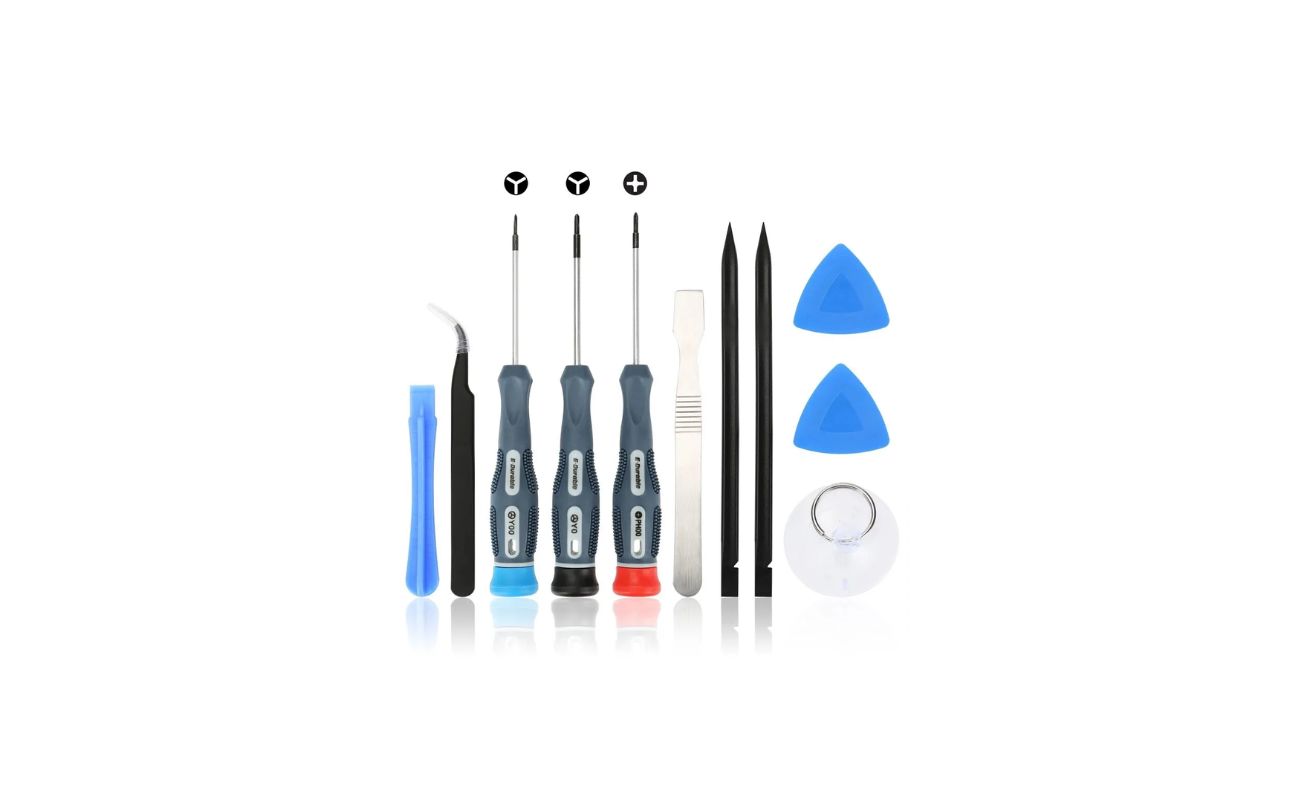
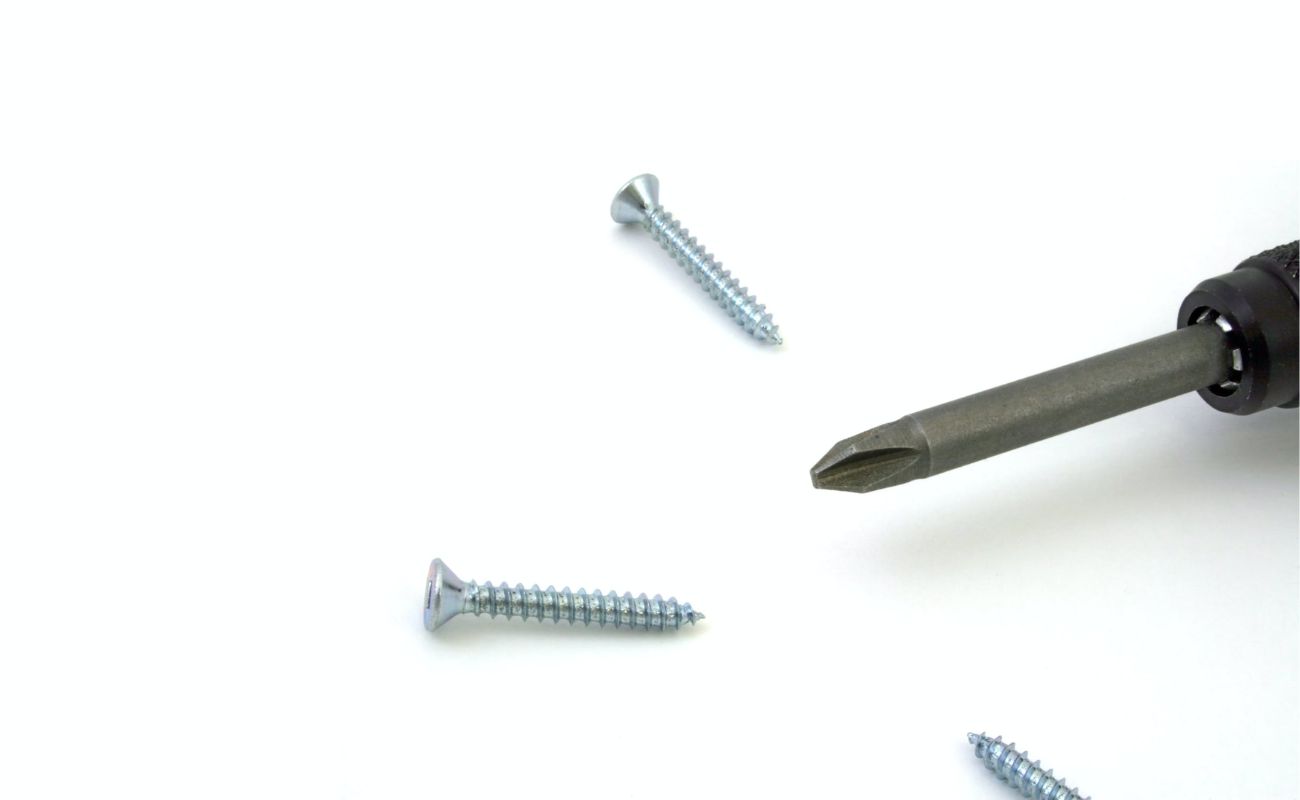
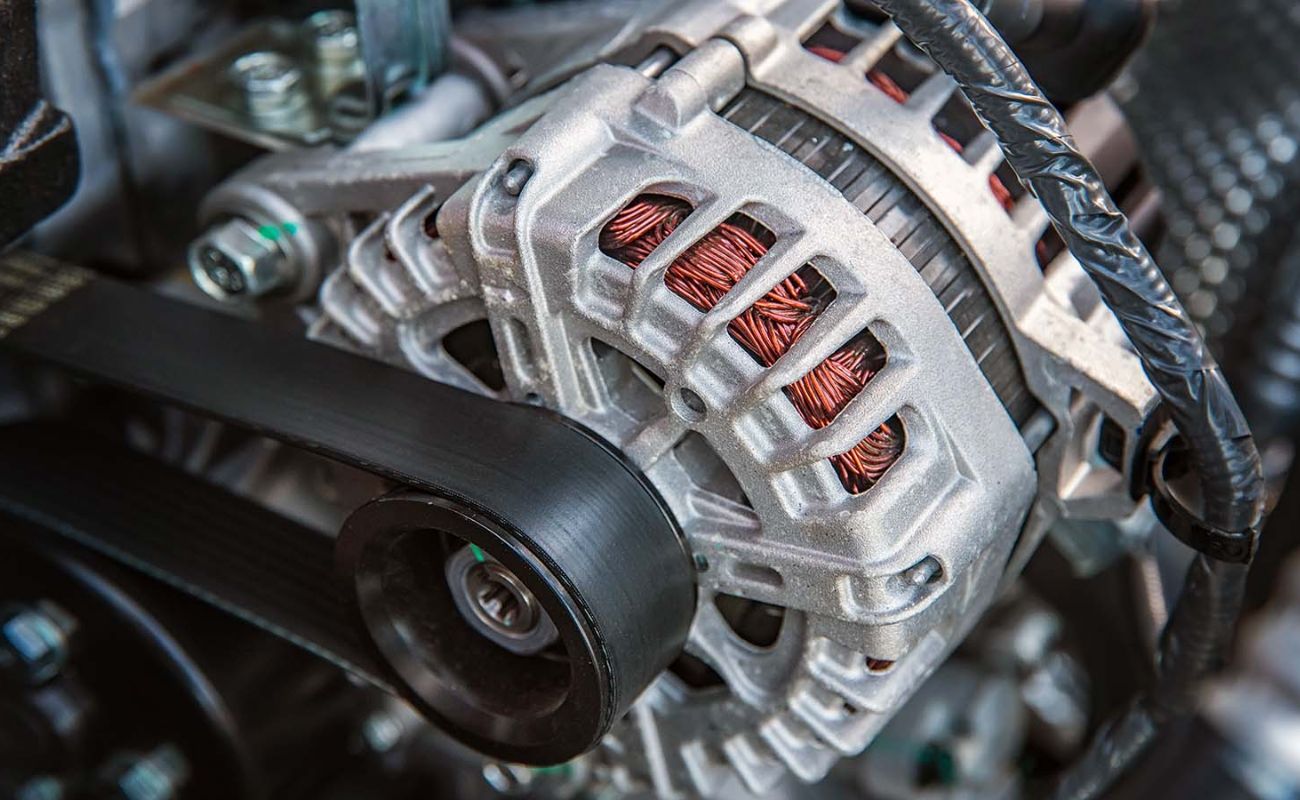
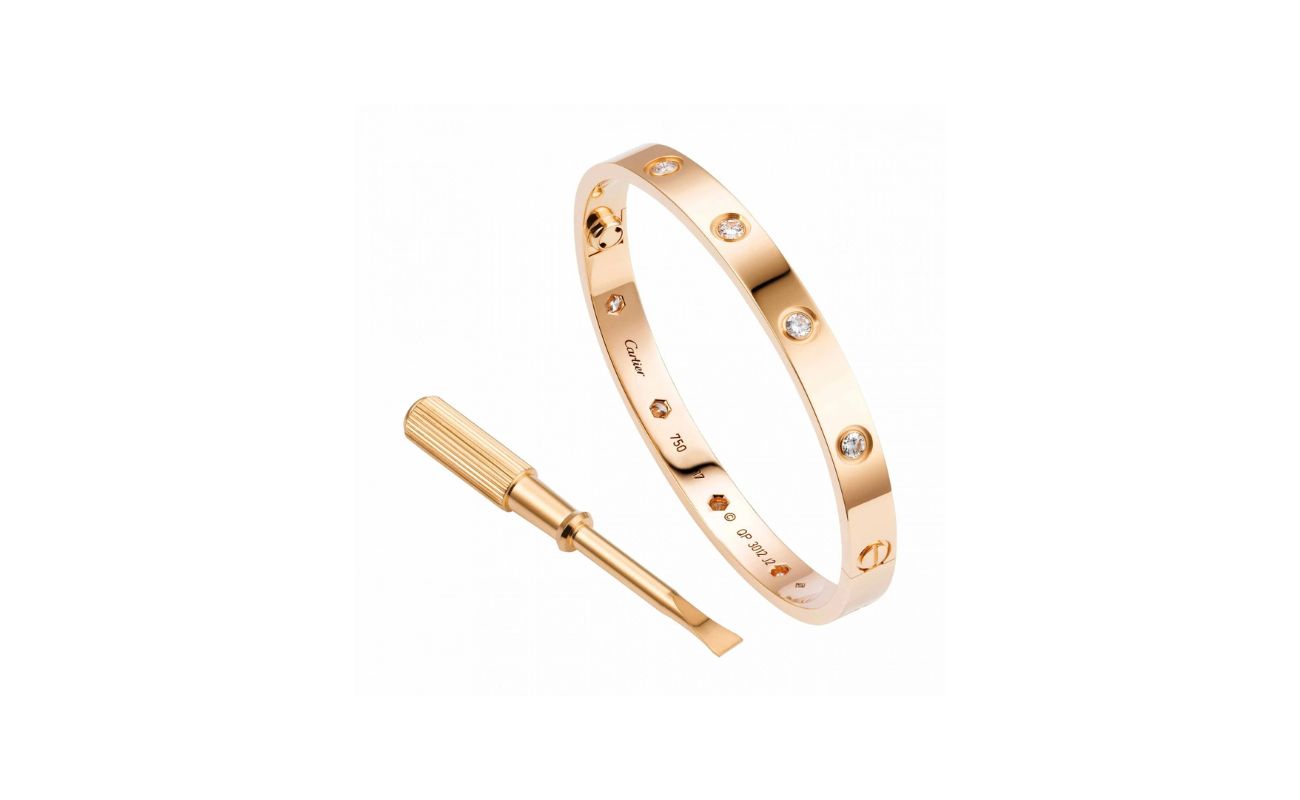
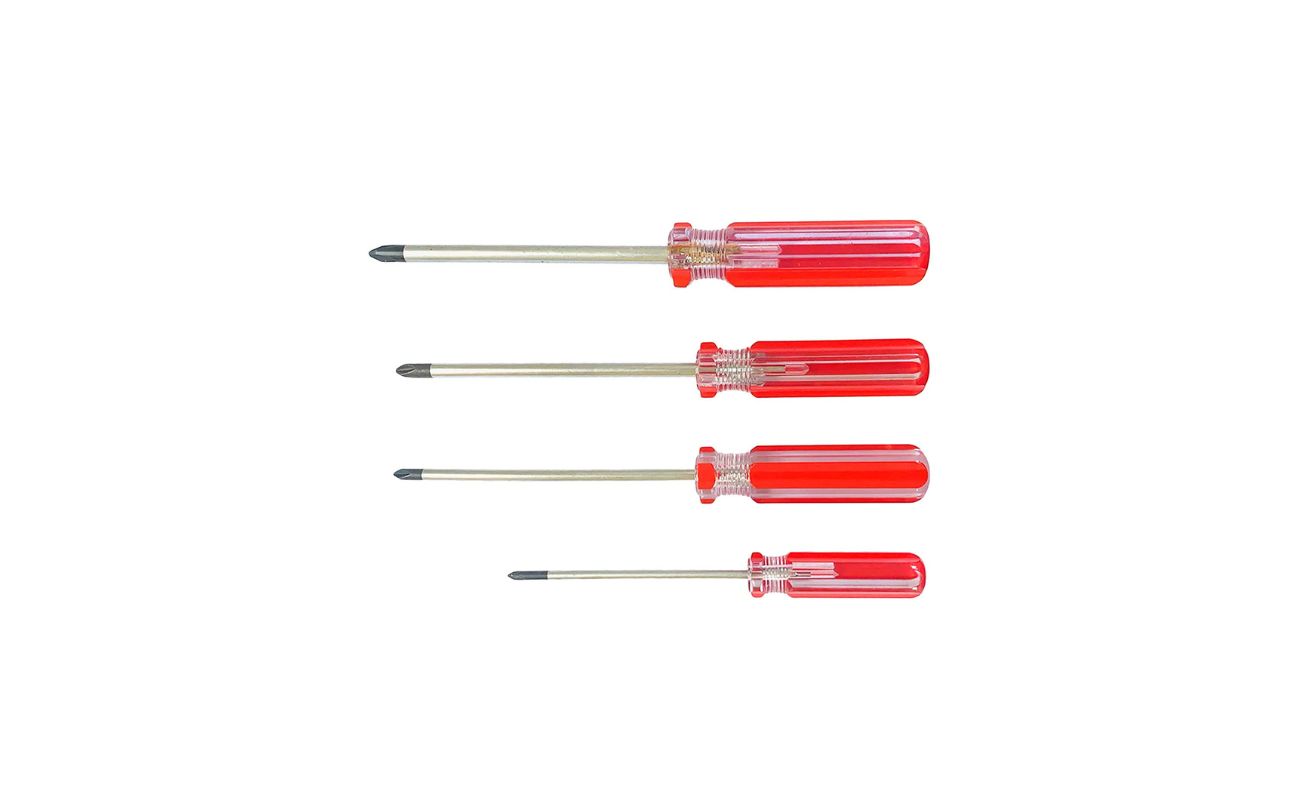

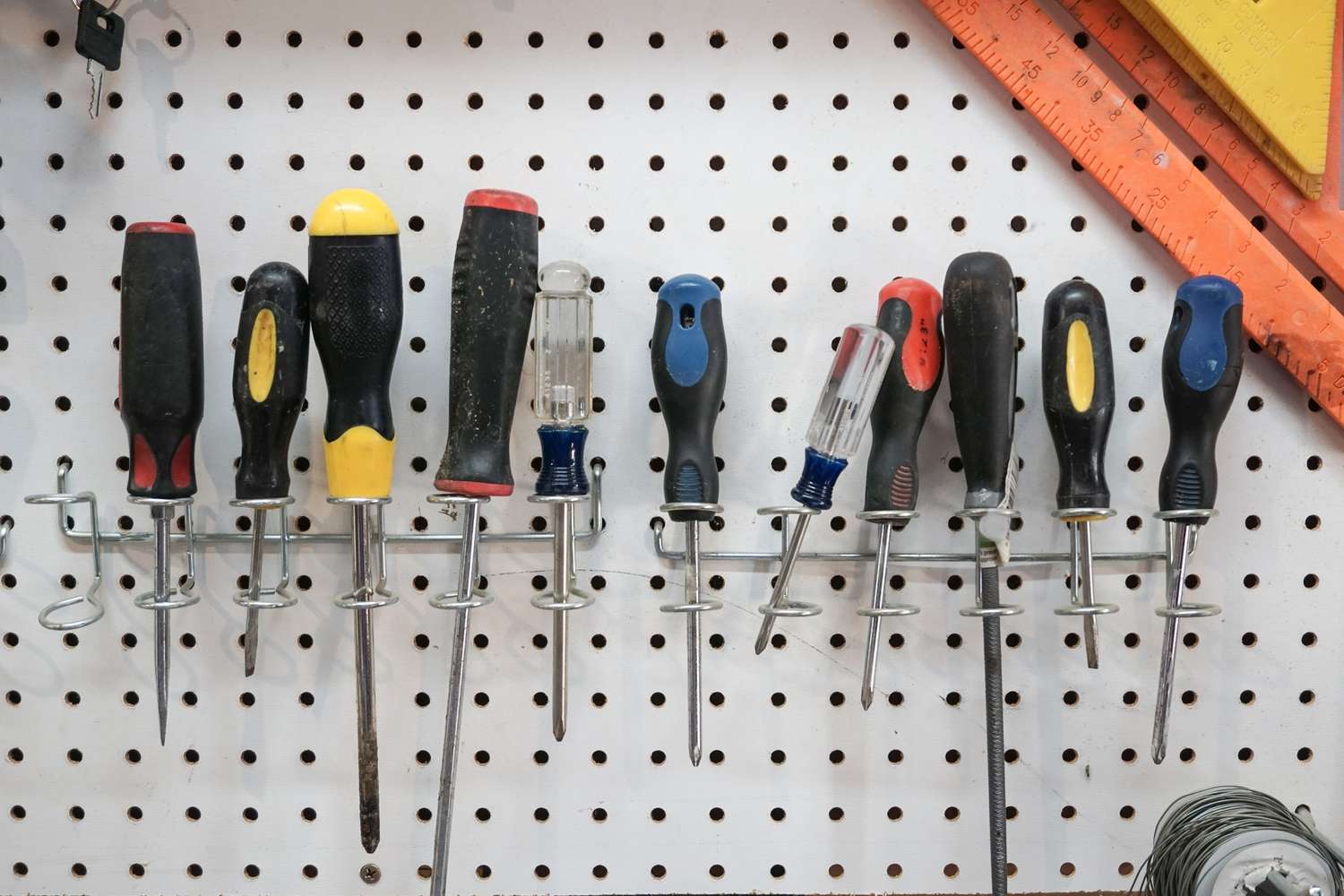
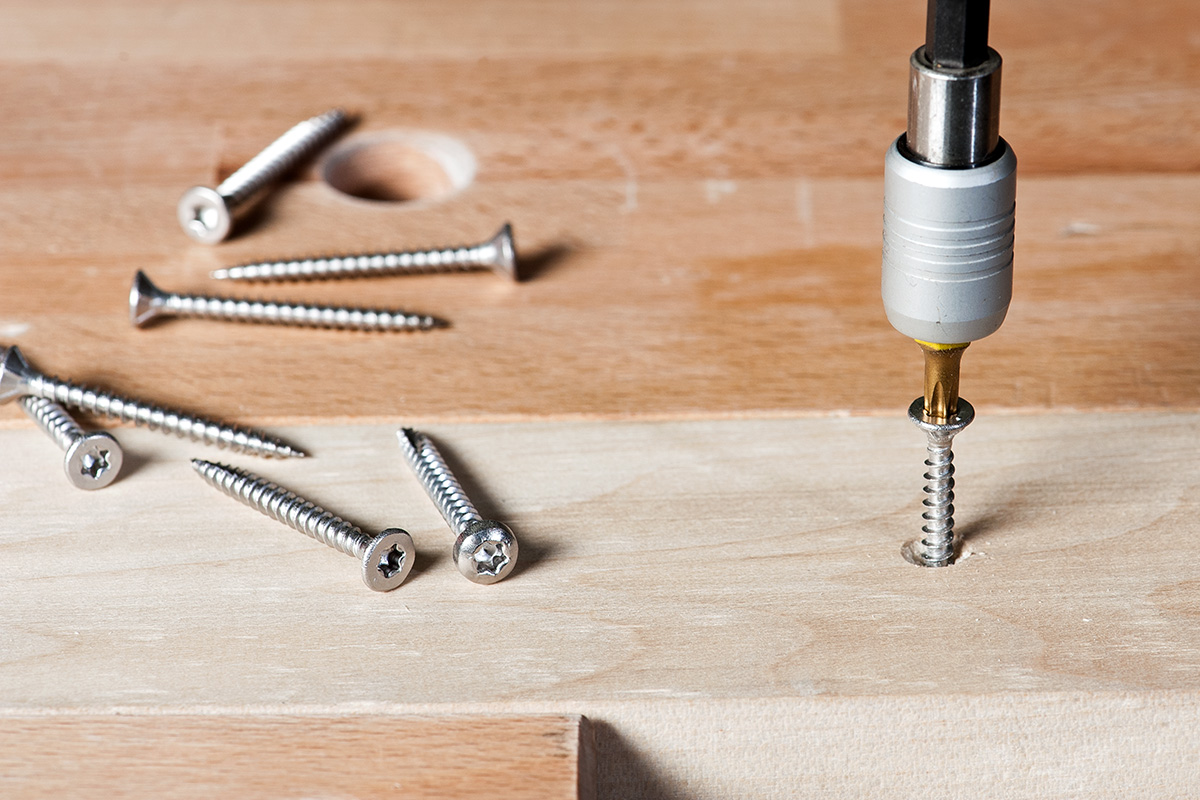
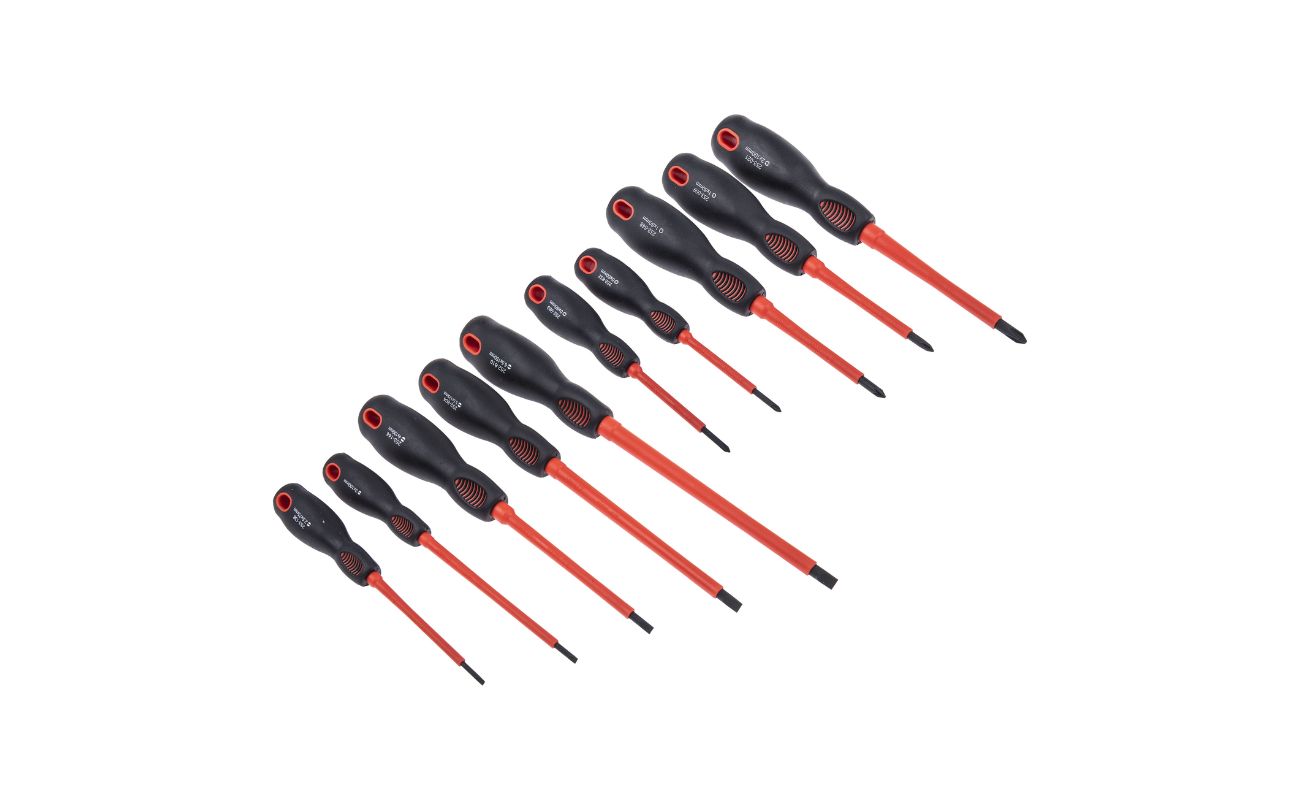

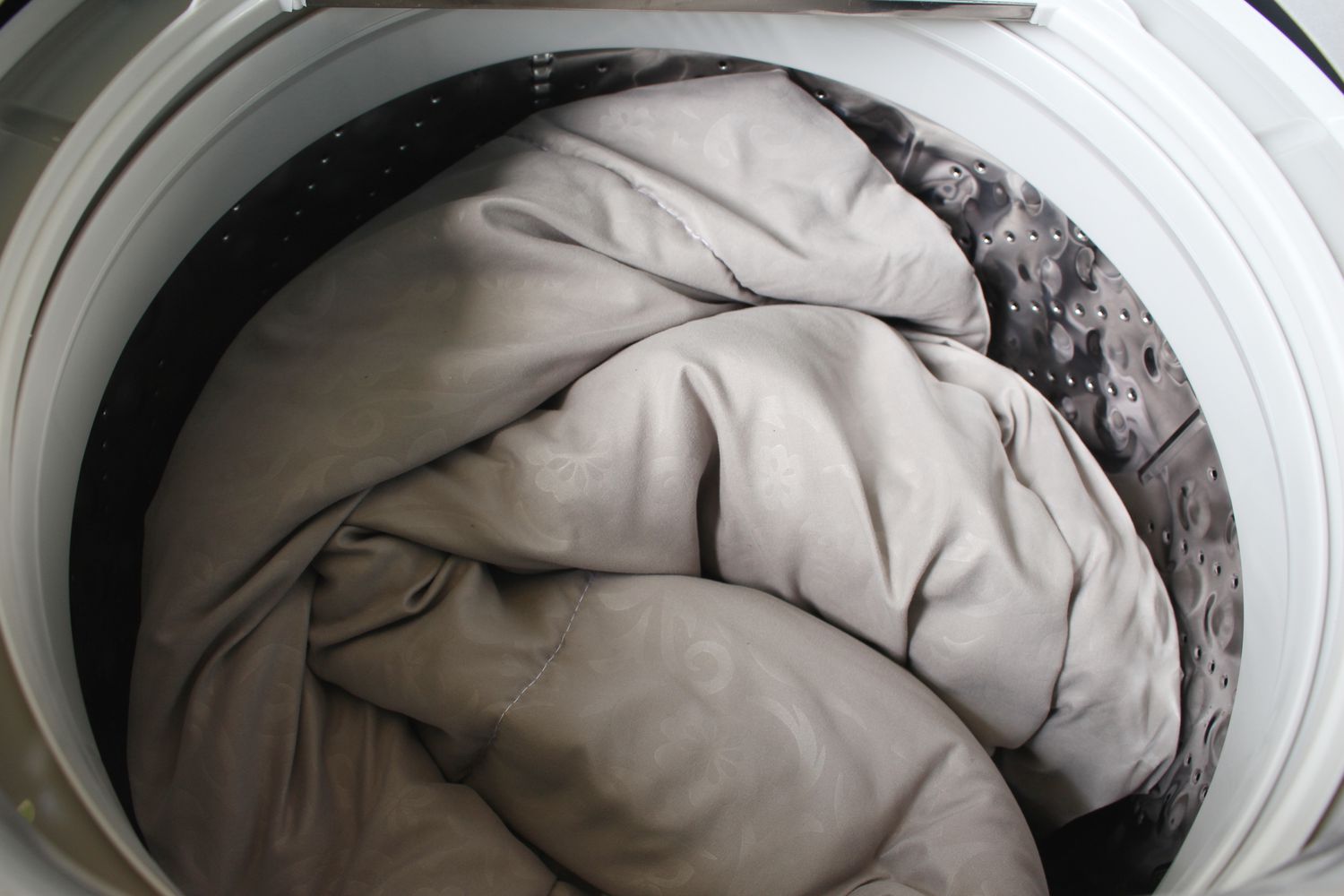



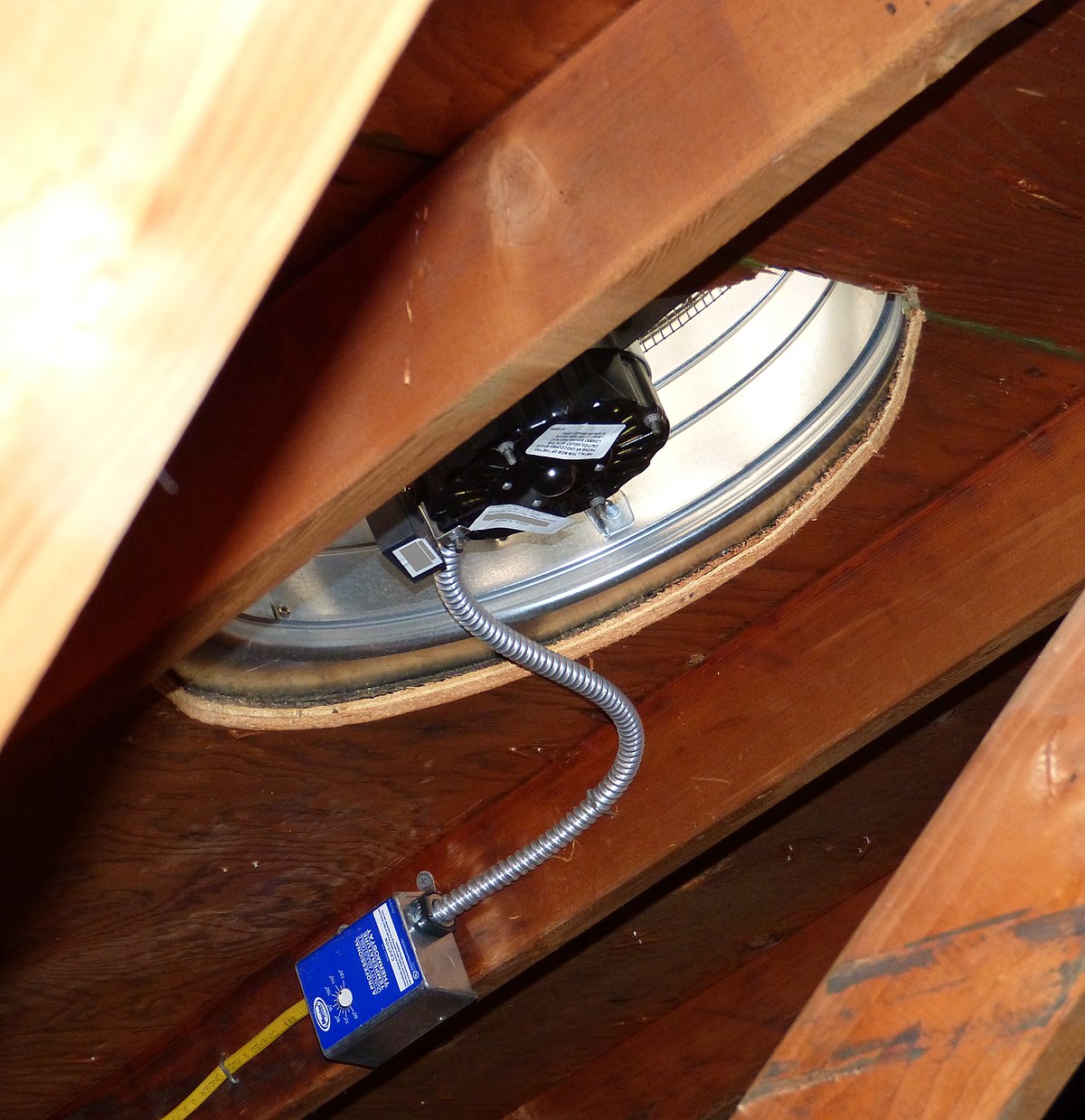

0 thoughts on “How Do I Demagnetize A Screwdriver”